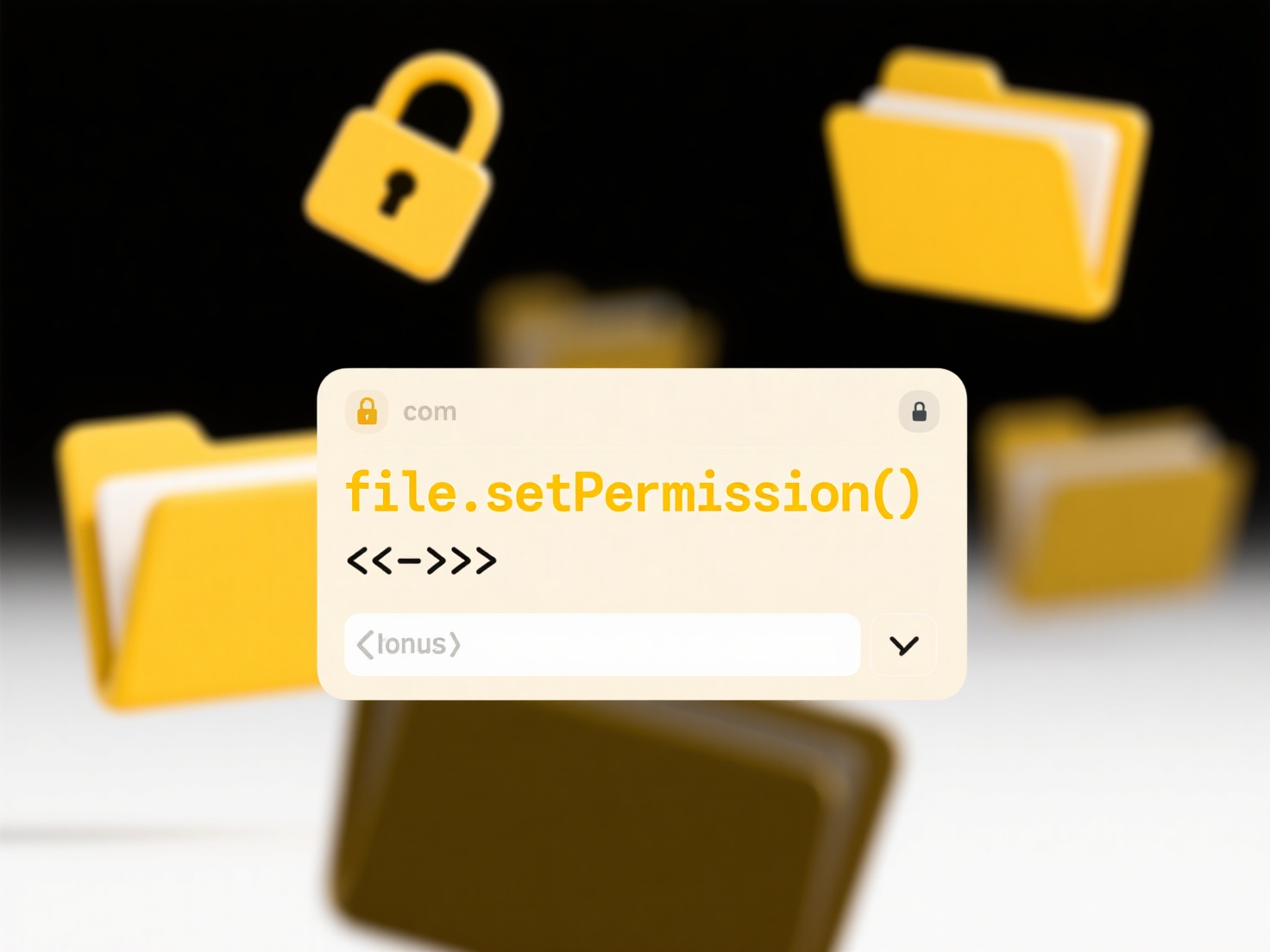
Yes, PDF duplicates can differ solely based on their metadata while containing identical visual content. Metadata refers to embedded information about the file itself, including title, author, subject, keywords, creation/modification dates, producer software, and even custom properties. This data lives separately from the page text and images. Two PDFs showing exactly the same words and pictures on screen can have completely different metadata tags, making them technically distinct files.
Common scenarios include version control where users update document properties like author names or keywords without altering the main content, or when generating PDFs from different software that embeds its own creator information. Tools like Adobe Acrobat, Preview on macOS, or Python libraries (PyPDF2, pdfminer) allow viewing and editing this metadata. Industries relying on precise document tracking, such as legal, publishing, or regulated research, often pay close attention to these details for provenance and compliance.

The main advantage is non-disruptive data tracking. Limitations include metadata often being invisible to casual viewers, potentially causing confusion about file differences. Ethically, metadata can reveal personally identifiable information or sensitive workflow details, raising privacy concerns if shared inadvertently. Malicious actors could also alter metadata to misrepresent a document's origin. Future developments likely involve more sophisticated metadata management tools within document platforms, emphasizing transparency and security, thereby increasing awareness and careful handling of this hidden layer in professional environments.
Can PDF duplicates differ by metadata alone?
Yes, PDF duplicates can differ solely based on their metadata while containing identical visual content. Metadata refers to embedded information about the file itself, including title, author, subject, keywords, creation/modification dates, producer software, and even custom properties. This data lives separately from the page text and images. Two PDFs showing exactly the same words and pictures on screen can have completely different metadata tags, making them technically distinct files.
Common scenarios include version control where users update document properties like author names or keywords without altering the main content, or when generating PDFs from different software that embeds its own creator information. Tools like Adobe Acrobat, Preview on macOS, or Python libraries (PyPDF2, pdfminer) allow viewing and editing this metadata. Industries relying on precise document tracking, such as legal, publishing, or regulated research, often pay close attention to these details for provenance and compliance.

The main advantage is non-disruptive data tracking. Limitations include metadata often being invisible to casual viewers, potentially causing confusion about file differences. Ethically, metadata can reveal personally identifiable information or sensitive workflow details, raising privacy concerns if shared inadvertently. Malicious actors could also alter metadata to misrepresent a document's origin. Future developments likely involve more sophisticated metadata management tools within document platforms, emphasizing transparency and security, thereby increasing awareness and careful handling of this hidden layer in professional environments.
Quick Article Links
Should I organize files by date or by category?
Organizing files by date sorts them chronologically, typically using folder hierarchies like Year/Month/Day or date pref...
How to keep shared folders clean and collaborative in team environments?
How to keep shared folders clean and collaborative in team environments? Maintaining organized shared folders requires...
Can I embed shared files in websites securely?
Securely embedding shared files refers to displaying external content within your website while maintaining control over...